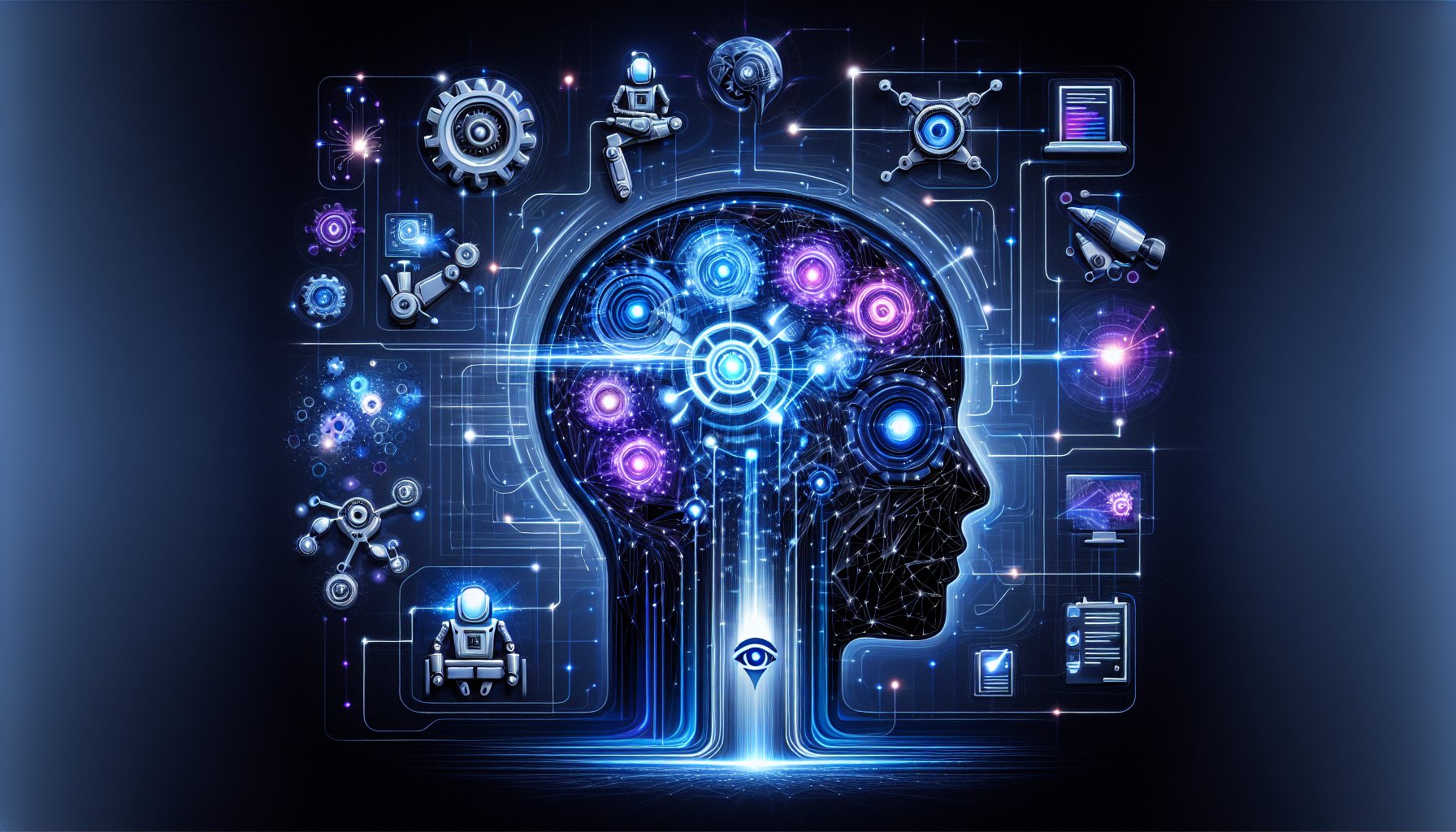Introduction to Agentic AI Workflows
With the rapid advancements in artificial intelligence (AI), the IT development landscape is continually evolving. One of the most revolutionizing trends is the rise of Agentic AI workflows. These workflows are designed to blend AI's predictive and analytical capabilities with human expertise, streamlining the development process and fostering efficiency.
Understanding Agentic AI
Agentic AI is a groundbreaking approach that goes beyond traditional AI capabilities. It embodies systems that can represent their goals, make decisions, and interact with their environment, much like a human agent. When integrated into workflows, Agentic AI can automate complex tasks, reduce errors, and significantly boost productivity.
Benefits of Agentic AI in Workflows
Agentic AI workflows offer numerous benefits that caters to the needs of modern IT development and businesses. They simplify complex processes, provide real-time insights, and automate repetitive tasks, thereby freeing up human agents to focus on more strategic assignments.
Integrating Agentic AI into Your IT Workflow
Step 1: Identify Opportunities
Start by identifying areas within your workflow that stand to benefit from Agentic AI. These could be complex, time-consuming tasks, or areas prone to human error.
Step 2: Choose the Right Tools
There is an abundance of tools and platforms available that support Agentic AI. Choose a platform that suits the complexity of your tasks, scalability requirements, and budget.
Step 3: Implement and Train Your AI
Once you have chosen your platform, it's time to implement your Agentic AI. This involves training your AI on your specific use-case, allowing it to learn from data and improve over time.
Step 4: Monitor and Refine
After implementation, continuous monitoring is essential. This allows you to refine your AI model, ensuring it continues to meet your evolving needs.
Practical Examples of Agentic AI Workflows in IT Development
The real-world applications of Agentic AI workflows are vast and varied. For instance, in software development, Agentic AI can be used to automate code reviews, bug detection, and even parts of the coding process itself, significantly reducing the development cycle.
In data analysis, Agentic AI can automate the data cleaning process, identify patterns and trends, and provide insights that would be nearly impossible for humans to glean manually.
Conclusion: Embracing the Future with Agentic AI Workflows
As we delve further into the era of AI, Agentic AI workflows stand out as a beacon of progress. They promise to revolutionize IT development, offering unprecedented levels of efficiency and accuracy. By understanding and integrating these workflows into our processes, we can stay ahead of the curve, embracing the future of IT development.
Key takeaways include identifying opportunities for AI integration, choosing the right tools, implementing and refining the AI, and understanding the practical applications of Agentic AI workflows. By embracing these strategies, developers and businesses can leverage the full potential of Agentic AI workflows, staying ahead in the ever-evolving IT landscape.
